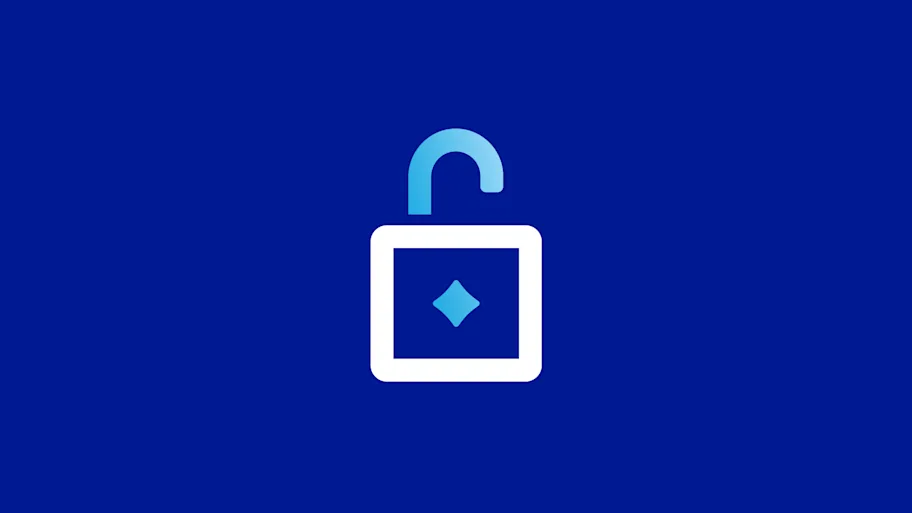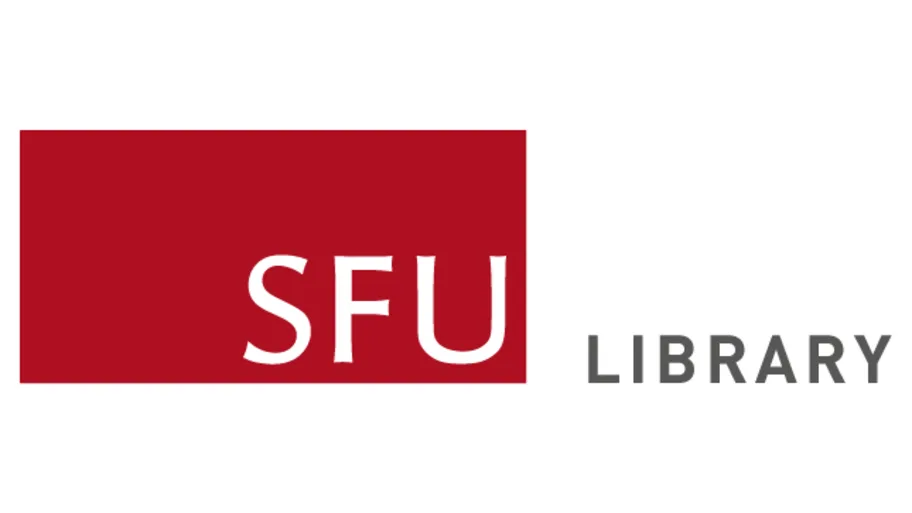
- Science news
- Open science and peer review
- Frontiers’ financial commitment to open access publishing
Frontiers’ financial commitment to open access publishing
In 2014, the annual cost of traditional, subscription-based scholarly journal publishing was $14 Billion [1]. This money comes mostly from your university libraries, which are supported by the overheads from your grants. Your libraries pay subscription fees, so you can read the journal articles you need to do your research.
Open Access does away with subscriptions to allow any reader in the world unrestricted access to scholarly articles. To provide this option, Open Access publishers directly charge the authors an Article Publishing Charge (APC), which authors typically pay from their grants or receive institutional support to cover the cost. The APC generally ranges from $500 to $6,000 with an industry average of around $3,000. Often people wonder “Where does this money go?”
In a sentence, your payment covers the cost of producing high-quality publications and keeping this literature freely accessible, discoverable and permanent.
Frontiers’ financial commitment to Open Access publishing
The provision of a high quality Open Access publishing service, such as that provided by Frontiers, comes at a significant cost. The total cost of running Frontiers in 2014 was US$20.0 Million. Our audited accounts show that we spent US$6.8M on publishing operations (34%), US$6.5M on innovation (32%), US$2.1M on growth (11%), US$1.9M on discounts and waivers (10%), US$1.0M on honoraria and awards (5%), and US$1.7M on general and administration expenditure (8%).

Publishing operations: Frontiers invests in a high quality service
Daily publishing operations make up the biggest chunk of our expenditures. We employ Journal Managers and a number of operation specialists for each journal title, who are mostly PhDs. Even if printing is no longer a standard cost, there is a considerable amount of work that goes into getting your paper published.
Frontiers oversees the review process of your article. Frontiers’ Journal Managers do not make editorial decisions, scientists and clinicians acting as editors on our boards review, accept or reject articles, but our staff is there to facilitate the review process according to our Collaborative Review Guidelines, examine conflict of interest and potential plagiarism, and support the editors and authors to ensure that the review is performed in a timely fashion.
Frontiers has a dedicated help desk to handle any technical problems that may arise for authors and editors.
After acceptance of your manuscript, our production office takes over. Typesetters produce the article in PDF, HTML, XML and EPUB formats, ensure that the citations are in the correct format, figures of high enough resolutions, formatting correct, proofs are generated, and our production office staff engages with the authors to finalize their corrections.
The final article is then published on our site and uploaded onto our servers in PDF, HTML, XML and EPUB format and shared with external repositories (such as PubMed Central, CrossRef and others).
To publish and store an article requires the running of reliable and stable terabyte servers (and fast approaching petabyte) with multiple geographical backups according to the highest standards for robust storage – because just like you, we consider your research valuable and want it to be accessible to others indefinitely into the future.
IT and innovation: Frontiers invests in Open Science tools
At Frontiers, we channel significant resources and all new investments into our innovation roadmap to better serve you. Almost 2/3 of our over 200 full-time employees are IT experts. When Frontiers started in 2007, we made the bold decision to build all our services in house and have them integrated into one global platform – a first in the publishing industry. We realized that in order to implement our Collaborative Review philosophy, which is geared towards fair, constructive and quick interactions between authors, reviewers and editors, and to make the review transparent and collaborative in spirit, we had to build the IT ecosystem for it from scratch, on our own.
Frontiers innovates faster than any other publisher to meet your needs, and this dedication was recognized in the attribution of the 2014 ALPSP Gold Award for Innovation in Publishing. The bottom line is that our approach has allowed us to drive Frontiers journals into the leading position in Gold Open Access Publishing in terms of both high impact and high article volumes.
Our mission is to serve you, the research community. Our service proposition is based entirely on the quality of our technology. As our CEO Kamila Markram likes to say, “We are an IT company that brings novel solutions to scientific publishing.”

Growth and full coverage: Frontiers invests into serving all of academia
Our dream is to cover all academic areas on a single platform to allow easy integration across disciplines and unbiased tiering of the best research driven by article impact metrics and author impact metrics. The growth of our editorial programs encourages us to believe that all research communities would benefit from our approach to publishing. And as the number of Frontiers authors rises, it becomes a virtuous cycle that feeds re-investment towards new solutions for scientific publishing. We therefore aim to offer this model to all academic fields, even if this means subsidizing areas that may not be able to cover the full APC.
Between 2013 and 2014, we grew the number of specialties from 180 to 381, requiring substantial additional staff to launch and run these journals for a couple of years before they become self-sustainable.
Discounts and waivers: Frontiers’ equal opportunity policy
At Frontiers, we are determined not to let financial issues prevent authors from publishing their research. Authors who can’t afford the fees can request a full or partial APC waiver.
Honoraria and awards: Frontiers supports research communities
At Frontiers, the publisher is responsible for providing a sustainable business and the external editors are responsible for the content. Frontiers is the first publisher that has built an iron wall between the business of publishing and the decision over the content that is published. In other words, Frontiers was purposefully designed so that the publisher has no control over scientific content to guarantee that not the publisher, but only the research community can shape the direction of research.
At Frontiers, Field Chief Editors receive an honorarium for the leadership role they play in building up their respective research communities. For our Specialty Chief Editors, the honorarium is also linked to workload, as judged by submitted articles. The honorarium is specifically not linked to acceptance of articles to avoid any conflict of interest. All Chief Editors are expected to build up the community of researchers within their journals and to oversee that Frontiers’ principles are upheld during peer-review. From time to time, Frontiers also rewards the most engaged Associate and Review Editors, not for accepting articles, but for their dedication to the Frontiers review process. Frontiers also occasionally rewards authors of particularly successful papers.
Frontiers’ commitment to responsible Open Access publishing
As a publisher, it is our duty to ensure that the business fundamentals behind Frontiers are sound and sustainable. We are responsible towards the community, to the more than 60,000 researchers who have formally joined our editorial boards, to the over 110,000 authors who have published with us, and to our employees. Frontiers is the fruit of these researchers’ efforts, and our job is to ensure that your work and all those involved in the process are fully preserved for posterity.
In the rapidly evolving context of scientific publishing, it is difficult to predict how scientific publishing will be financed in the future. But as funders and institutions coordinate the inevitable “tipping point” when open access articles will outnumber subscription articles, everyone stands to gain. This will be a world where everybody has access to research knowledge, and where our societal evolution will be accelerated.
FOOTNOTE:
1 This figure is obtained by combining The STM Report (T_he STM Report: An overview of scientific and scholarly journal publishing,_ 2015) and SIMBA Report (Global Social Science and Humanities Publishing 2013 – 2014, 2013).






